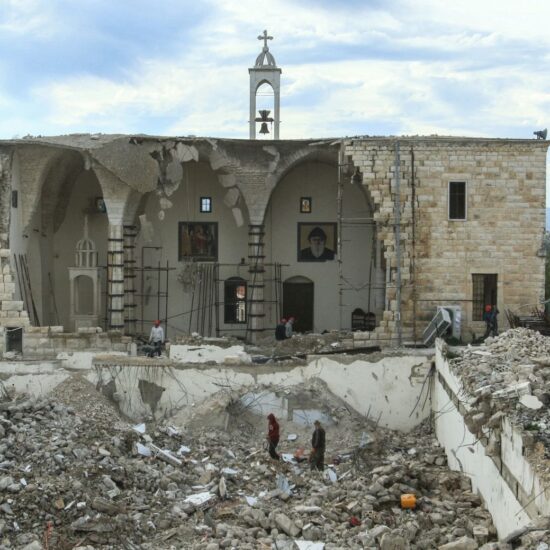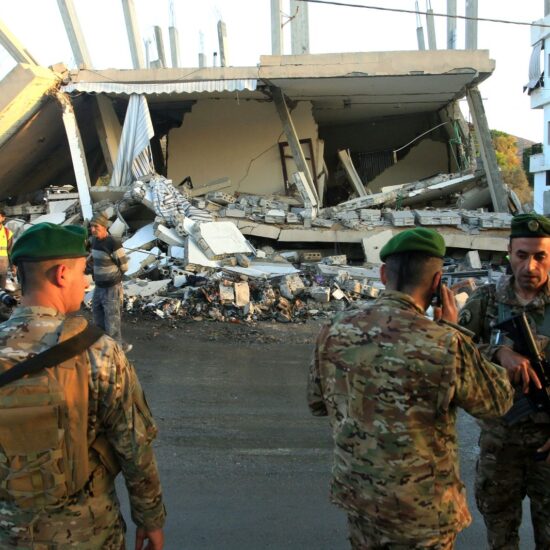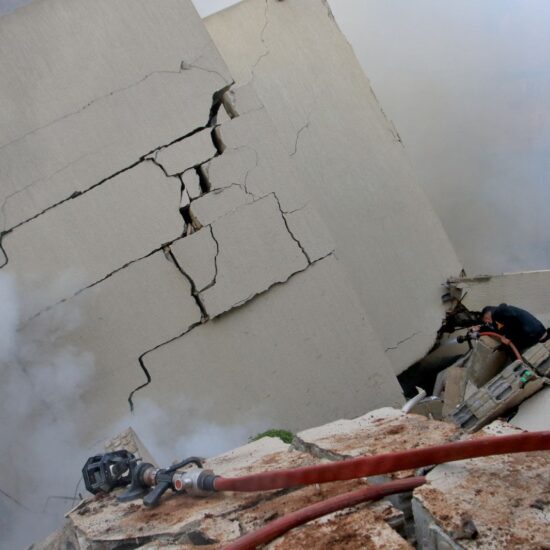
Exposing the deep vulnerabilities within the country’s security architecture, the events of May 2008 remind Lebanon how quickly peace could unravel when the balance of power is disturbed
On May 7, 2008, Lebanon was thrust into the spotlight as it struggled with severe internal power dynamics that were about to fundamentally reshape its political landscape. The roots of the May 7 conflict stretch back to a series of actions taken by the Lebanese government, which directly challenged Hezbollah’s significant autonomy within the country. Tensions began escalating in early 2008, when the government, dominated by the Western-backed March 14 Alliance, took decisive steps that threatened Hezbollah’s operational capabilities and political influence.
The immediate catalyst for the conflict was twofold. First, the Lebanese government issued a declaration that Hezbollah’s extensive telecommunications network, which served as a critical infrastructure for its operations, was illegal. This network not only facilitated secure communication but also symbolized the state-within-a-state status of the Iran-backed group. The government’s attempt to dismantle this network was perceived by Hezbollah as a direct attack on its sovereignty and operational security.
Simultaneously, the government moved to dismiss the security chief of Beirut’s Rafic Hariri International Airport. The official was believed to be closely aligned with Hezbollah, and his position at the airport was considered strategic for the organization, allowing it to monitor and manage its logistical and personnel movements. The dismissal was seen as an effort to curtail Hezbollah’s ability to conduct its operations unimpeded, further inflaming tensions.
These governmental actions were not isolated incidents but part of a broader strategy to reduce Hezbollah’s power, which had grown significantly since the end of the Lebanese Civil War and was bolstered by its perceived victory in 2000, as well as in the 2006 Lebanon War against Israel. By May 2008, the political climate had become highly charged, with the government’s moves viewed by Hezbollah as a concerted effort to weaken its position within Lebanon.
The situation reached a tipping point when the government’s decisions were publicly announced, leading Hezbollah to perceive these actions as existential threats. Hezbollah’s leader, Hassan Nasrallah, declared that the group would not stand by as its capabilities were targeted, setting the stage for the dramatic and violent response that unfolded on May 7 onwards.
The Day of Reckoning
On the fateful day of May 7, 2008, Lebanon was thrust into a severe and unexpected conflict that showcased Hezbollah’s military prowess in a dramatic fashion. In a well-coordinated series of moves, Hezbollah fighters quickly took control of West Beirut, demonstrating military strength and strategic capability.
The conflict began early in the day when the Shiite group, responding to what it perceived as existential threats to its operational autonomy, mobilized its forces. The initial targets were media outlets and political offices associated with the pro-Western Future Movement, which was part of the ruling March 14 Alliance and a vocal critic of Hezbollah. This included a dramatic takeover of the offices of Future TV and other media properties owned by the Hariri family, effectively silencing a major political adversary.
The situation escalated quickly as street battles ensued, with Hezbollah and allied militias clashing with armed groups supporting the Future Movement. The violence was not limited to Sunni factions; it quickly spread to the mountainous Chouf and Aley districts, where intense fighting broke out between Hezbollah and local Druze militias. These areas, known for their strategic importance and fragile sectarian composition, became battlegrounds where long-standing political and sectarian grievances were violently aired.
The confrontation in these regions was particularly severe. The Chouf, a stronghold of Druze leader Walid Jumblatt’s Progressive Socialist Party (PSP), witnessed some of the most intense fighting of the conflict. Hezbollah’s advance into these traditionally Druze areas was met with fierce resistance, resulting in significant casualties on both sides and increasing the complexity of the conflict.
The swift and effective control of key areas in Beirut and the surrounding regions by Hezbollah sent shockwaves throughout Lebanon and the international community. It underscored the limitations of the Lebanese government’s authority and exposed the deep vulnerabilities within the Lebanese security architecture. Furthermore, the violence shattered the relative calm that had prevailed since the end of the Civil War, highlighting how quickly peace could unravel when the balance of power was disturbed.
By the end of the day, the stark reality had set in: Lebanon’s fragile peace was extremely vulnerable, and the nation’s political landscape had been irrevocably altered. The events of May 7 were a profound statement about the power dynamics within Lebanon, demonstrating Hezbollah’s unwillingness to relinquish its military and political authority and its capability to assert this authority against both domestic rivals and government forces.
The Aftermath and the Doha Accord
The conflict concluded with the Doha Accord, which temporarily restored political balance but did not address the fundamental issues. Hezbollah’s actions during the conflict reinforced its position as a formidable force, but also raised questions about the use of power against fellow Lebanese. The agreement reached in Doha was a patchwork solution, emphasizing the superficial nature of Lebanon’s post-war reconciliation.
Unresolved Issues and National Identity
The events of May 7 were a manifestation of deeper disagreements over Lebanon’s values and national identity. The official end of the civil war with the Taif Agreement did not resolve the ideological and sectarian divisions that plague Lebanon. These unresolved issues underscore the fragile foundation on which Lebanon’s peace is built.
As Lebanon continues to navigate through political instability and economic challenges, the lessons of May 7 loom large. The absence of another such conflict is not due to resolution but to the lack of a catalyst. Without a sincere and inclusive national dialogue, Lebanon remains at risk of repeating its past. The fundamental question remains unanswered: what does Lebanon, as a nation, truly represent? If this question remains unresolved, the fragile peace may yet give way to renewed conflict.
Ramzi Abou Ismail is a political psychologist and researcher at the University of Kent.
The views in this story reflect those of the author alone and do not necessarily reflect the beliefs of NOW.








